Tea Brewing 101: Unleashing the Magic in Your Teacup
How to Prepare Tea
There is something so uniquely satisfying about brewing the perfect cup of tea. It forces you to stop and take a moment to just breathe. The aroma, the warmth, and the delicate flavors all create a moment of tranquility in our busy lives. Today I will share my knowledge and techniques on how to prepare the perfect cup of tea. Join me on this journey and discover the beautiful art of brewing tea!
We are a participant in the Amazon Services LLC Associates Program, an affiliate advertising program designed to provide a means for us to earn fees by linking to Amazon.com and related sites. This post may contain affiliate links which means we may receive a commission, at no cost to you, for purchases made using our links. Please see my disclosure to learn more. Unless otherwise stated, all prices are in US$.

The Tea Book
Experience the World’s Finest Teas, Qualities, Infusions, Rituals, Recipes
The Tea Book is your world tour of the art of tea. Visit tea plantations from India to Kenya and explore maps of the world’s most important growing regions. Learn to recognize tea-leaf varietals and spot the best types from each region. Recreate a Japanese tea ceremony with a guide to storied traditions and practical implements. Discover the health benefits of green tea. Craft the perfect Chai tea.
My Love for Tea
Tea has been a significant part of my life for a very long time. Its rich history, cultural diversity, and health benefits have always fascinated me. From green tea to black tea, herbal infusions to exotic blends, each cup tells a unique story.
This passion has driven me to explore the art of tea brewing, experimenting with different flavors and perfecting the process.
Types of Tea
Before diving into the brewing process, it’s essential to understand the different types of tea available.
Tea comes from the leaves of the Camellia sinensis plant and can be broadly categorized into four types: green tea, black tea, oolong tea, and white tea.
Each type has its unique characteristics, flavors, and brewing requirements.

Tea Brewing Basics
So, how do you prepare tea? To brew the perfect cup of tea, several key factors come into play. Let’s explore each step in more detail to ensure you achieve the optimal flavor and aroma every time!
Choosing the Right Tea Leaves
Start by selecting high-quality loose tea leaves. Loose tea offers better flavor and a more authentic experience compared to tea bags.
Experiment with different types and flavors to find your personal favorites. Consider factors such as origin, processing techniques, and flavor profiles when selecting your tea.

VAHDAM, First Flush Darjeeling Tea 2023 Harvest
Darjeeling tea first flush, popularly known as the “Champagne of Teas”, has black tea leaves and captures the vibrancy of spring. This Darjeeling tea loose leaf has a bright golden liquor and leaves you wanting for more after every sip. Contrary to other Darjeeling tea, this black tea loose leaf is well balanced in strength and has low caffeine.
Boiling Water and Temperature
The quality of water and its temperature can significantly influence the taste of your tea. Use fresh, cold water and bring it to the appropriate temperature based on the type of tea that you’re brewing.
Green and white teas generally require lower temperatures, while black and oolong teas benefit from hotter water.
Preparing the Tea Infuser or Teapot
If you’re using a tea infuser or a teapot, always make sure that they are clean and free from any residual flavors.
Rinse them with hot water before adding the tea leaves. This step ensures a pure and untainted brew!
Measuring the Tea
The right proportion of tea leaves is crucial for a balanced and flavorful cup. As a general guideline, use one teaspoon of loose tea per 8 ounces (240ml) of water.
Another popular method is to use one teaspoon of loose tea per cup and then an additional teaspoon of loose tea for the teapot.
For example, if you’re making three cups of tea then you add four teaspoons of loose tea. Three for the cups plus one for the pot will equal four.

Teabloom Perfect Measure Loose Leaf Tea Spoon
Tea scoop for black tea, green tea, oolong tea, white tea, chai tea, herbal tea, and spices.
You should ultimately use whichever method you prefer and adjust the quantity based on personal preference and the tea’s strength.
Infusion Time
The infusion time varies depending on the type of tea and your desired strength. Follow the recommended steeping time provided with the tea or experiment to find your preferred infusion time.
Oversteeping can lead to bitter flavors, while understeeping may result in a weak brew.
Removing the Tea Infuser or Straining

Once the desired infusion time is reached, remove the tea leaves or strain the tea to prevent further steeping. Leaving the leaves in the water can lead to over-extraction and bitterness.
Tea and Milk
While some teas are enjoyed plain, others benefit from a touch of sweetness or milk. Experiment with different sweeteners like honey, sugar, or agave syrup to enhance the flavors. Milk, whether dairy or plant-based, can add richness and creaminess to certain teas.
Serving and Enjoying
Pour the freshly brewed tea into your favorite teacup or tea mug. Take a moment to appreciate the aroma and the visual beauty of the tea. Allow the warmth to envelop you as you savor each sip.
Tea is not just a beverage; it’s an experience to be enjoyed mindfully.

Additional Tips for Tea Brewing
- Store your tea leaves properly in an airtight container away from light, moisture, and strong odors.
- Experiment with different water-to-tea ratios to adjust the strength of your brew.
- Consider using a tea timer or a smartphone app to help you track infusion time accurately.
- Explore the world of tea accessories, such as tea tins, tea strainers, and tea kettles, to enhance your brewing experience.
- Don’t hesitate to explore and try new tea flavors and blends to expand your tea palate!
A Few Final Thoughts
Brewing tea is an art that requires attention to detail and a genuine appreciation for the beverage. By selecting quality tea leaves, understanding water temperature, and following proper brewing techniques, you can elevate your tea experience. So, take a moment, slow down, and indulge in the enchanting world of tea!

The Art and Craft of Tea
An Enthusiast’s Guide to Selecting, Brewing, and Serving Exquisite Tea
In The Art and Craft of Tea, entrepreneur and enthusiast Joseph Wesley Uhl brings to the story of tea its due reverence, making its history, traditions, and possibilities accessible to all. If you want to go beyond reading and enter your kitchen, Joseph offers “recipes” for creating your own tea blends using natural ingredients.
Some Questions You Might Have
- Is it necessary to use loose tea leaves for brewing tea?
While tea bags offer convenience, loose tea leaves provide better flavor and aroma due to their higher quality and freshness.
- Can I reuse tea leaves for subsequent infusions?
Yes! Certain tea leaves, like oolong and pu-erh, can be infused multiple times to extract different flavor profiles. However, other types may lose their flavor after the initial infusion.
- Should I add milk to all types of tea?
Milk is commonly added to black teas like English Breakfast or Assam. It’s ultimately a matter of personal preference and not all teas benefit from milk. Experiment to find your preferred style.
- Can I use flavored water to brew tea?
It’s best to use fresh, unflavored water to allow the true flavors of the tea to shine. Flavored water may interfere with the delicate taste of the tea leaves.
- Are there any health benefits associated with drinking tea?
Yes! Tea is known for its numerous health benefits, such as antioxidants, hydration, and potential calming effects. However, individual results may vary, and it’s always advisable to consult with a healthcare professional.



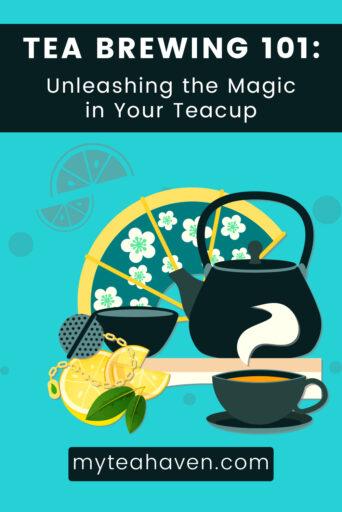
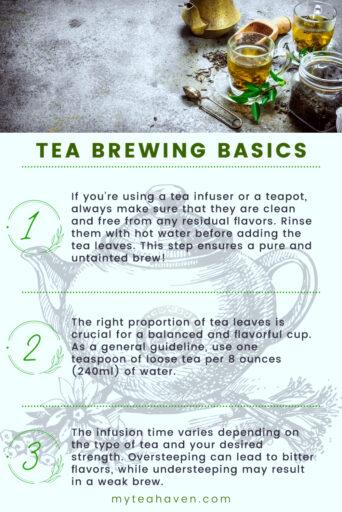
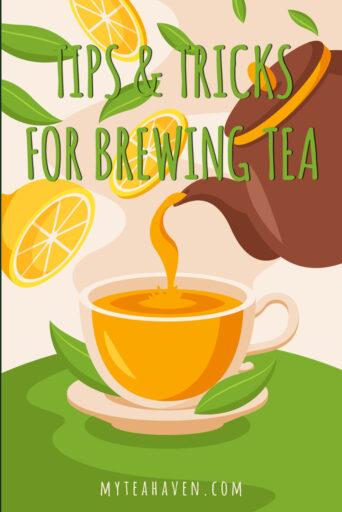
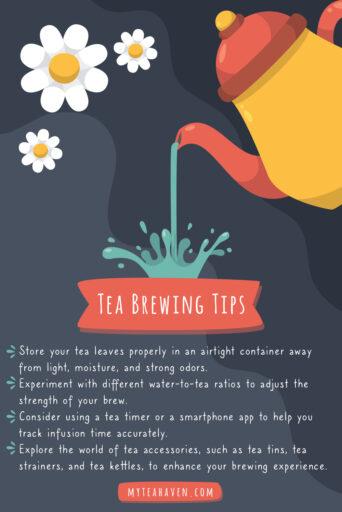
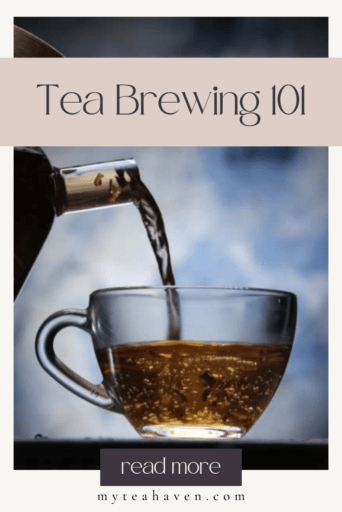



Comments are closed.